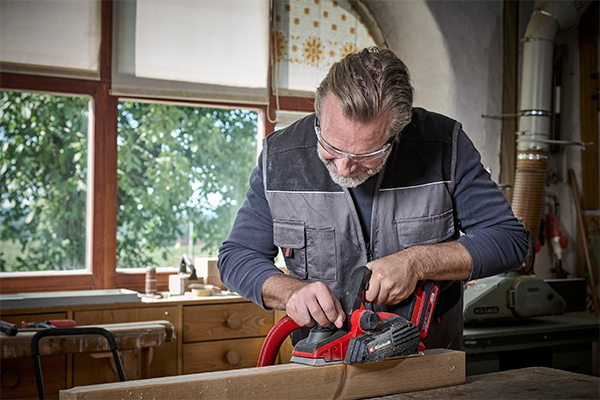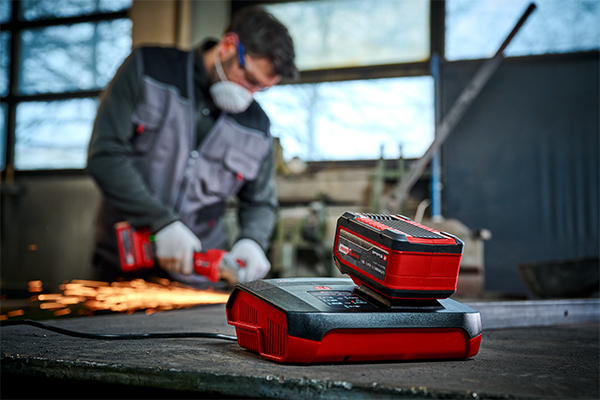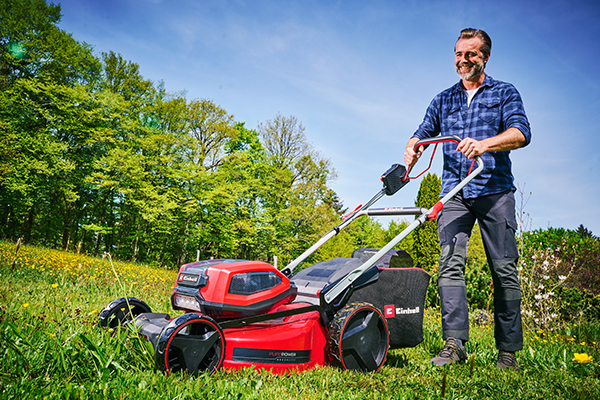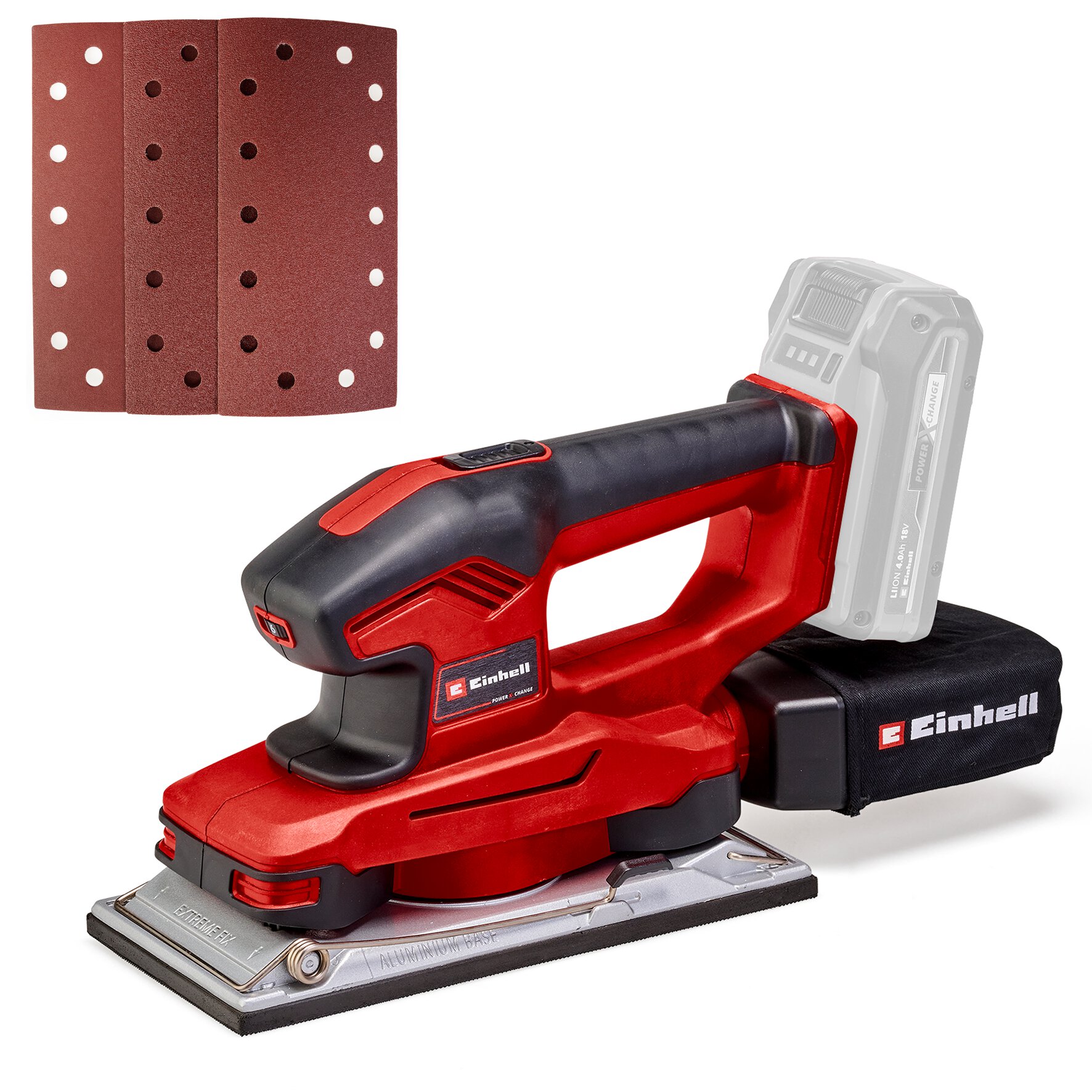Orbital sander & Rotary sander simply explained
When sanding wood, metal, or other materials, the choice of the right tool plays a crucial role in achieving a flawless result. Two of the most popular options used by craftsmen and DIY enthusiasts alike are the orbital sander and therotary sander. Both tools are highly efficient, but they operate in different ways and are optimized for various applications. In this blog post, we'll take a closer look at orbital sanders and rotary sanders, explaining their differences and highlighting their commonalities. We'll assist you in making the right choice for your project.

The Orbital Sander
The sanding motion of the orbital sander can be relatively easily explained: A classic orbital sander features a rectangular sanding plate driven by an eccentric disk. This sanding plate performs circular movements, making the orbital sander particularly well-suited for sanding corners, edges, angles, and even flat surfaces on workpieces such as wood or plastic, effectively removing paint or varnish, for example. The corresponding sandpapers can be attached using either a hook-and-loop system or an integrated clamping mechanism.

The Rotary Sander
Rotary sanders are equipped with a round sanding pad. This sanding pad is also driven in a circular motion by an eccentric disk. In addition to the circular motion, the sanding pad also rotates. This eccentric movement allows for the efficient removal of material, even on uneven surfaces. Simultaneously, a rotary sander provides a fine finish, resulting in a smooth surface. The sandpaper can also be attached using a hook-and-loop system in this case. Materials that can be sanded with a rotary sander include metals, plastics, and more. However, always ensure that you are using the appropriate sanding material for your specific project.

Similarities
In most machines, the sanding speed, which is the speed of the eccentric disk, can be adjusted. This is particularly advantageous when working with different grits on various materials. The path of the sanding plates is also important. In sanders, this path is referred to as the orbit diameter. The smaller both of these paths are, the finer the sanding pattern will be. In both devices, sanding dust is extracted through holes in the abrasive and sanding pad, provided that a vacuum cleaner is connected or the integrated dust extraction system with a dust collection box ensures a clean workspace. This helps preserve the abrasive and improves the quality of the sanding pattern.
What should I watch out for when working with …
... the rotary sander?
Due to the rotational motion of the sanding pad, it's important to ensure that the machine is placed squarely on the workpiece when starting it at full speed. Otherwise, unwanted depressions can quickly form, as the sanding pad can essentially dig into the surface at high speed. This is a potential issue with any sander.
Advantages
The additional rotational motion of the sanding pad significantly enhances the material removal rate. Even with a rotary sander, it's important to keep the machine in motion, although the effort required may be slightly higher than with an orbital sander. With consistent movements, the material removal rate is substantially higher while maintaining the same sanding pattern.
... the orbital sander?
The orbital sander must always be kept in motion while working to avoid circular grooves. These grooves result from the circular movement of the sanding plate.
Advantages
Thanks to its relatively large sanding plate, the orbital sander can effectively work on large surfaces. With a steady motion, an orbital sander can achieve excellent surface results. When it comes to working on corners, edges, or smaller workpieces, the orbital sander has a distinct advantage.

Summary
Both sanding machines are excellent for sanding various surfaces. However, due to its additional rotational motion, the rotary sander has the upper hand when it comes to larger and, especially, uneven surfaces. The orbital sander has therefore been replaced in most workshops. But that doesn’t mean that the orbital sander has completely lost its right to exist. As with all tools, here the range of application is decisive!












